Description
Cinnamyl Alcohol: The Sweetly Scented Building Block of Fragrance and Flavor
Cinnamyl alcohol, also known as 3-phenyl-2-propen-1-ol, is a naturally occurring organic compound that lends its distinctive, sweet, and slightly balsamic aroma to a wide array of products. This aromatic alcohol is a key ingredient in perfumery, flavorings, and even some pharmaceuticals, thanks to its pleasing scent and versatile chemical properties.
Naturally Abundant and Widely Distributed:
Cinnamyl alcohol isn’t cooked up in a lab from scratch. It’s found naturally in a variety of plants, including cinnamon bark (as its name suggests!), hyacinth, balsam, and storax. These natural sources are extracted to obtain cinnamyl alcohol, although synthetic production is far more common for commercial applications.
The Scent Profile: A Sweet Symphony:
The fragrance of cinnamyl alcohol is often described as:
- Sweet: A noticeable sugary quality that adds a pleasant touch.
- Balsamic: A warm, resinous aroma reminiscent of benzoin or vanilla.
- Hyacinth-like: A floral nuance adding a light and delicate aspect.
- Slightly Spicy: A subtle hint of warmth and spice, echoing its connection to cinnamon.
This complex fragrance profile makes it a valuable component in perfume compositions, particularly in floral, oriental, and woody fragrances.
Uses and Applications:
Cinnamyl alcohol boasts a diverse range of applications:
- Perfumery: Its primary use is as a fragrance ingredient in perfumes, colognes, and other scented products. It helps to round out and add depth to floral and spicy accords. It’s also used in soap, detergents, and other personal care products for its fragrance.
- Flavorings: While not as widely used as its aldehyde derivative (cinnamaldehyde), cinnamyl alcohol is often used in food flavorings to enhance cinnamon, cherry, and other fruity or sweet notes.
- Pharmaceuticals: Cinnamyl alcohol can act as an intermediate in the synthesis of various pharmaceutical compounds. It exhibits some antimicrobial and antifungal properties, although this is not its primary application in medicine.
- Chemical Intermediate: In the chemical industry, cinnamyl alcohol serves as a valuable precursor to other important compounds, including cinnamaldehyde, cinnamic acid, and cinnamyl esters.
Production Methods:
While natural extraction is possible, cinnamyl alcohol is predominantly produced synthetically. Common methods include:
- Reduction of Cinnamaldehyde: Cinnamaldehyde, the main flavoring agent in cinnamon, can be reduced to cinnamyl alcohol using various reducing agents.
- Reaction of Benzyl Chloride with Acetaldehyde: This method involves the reaction of benzyl chloride with acetaldehyde in the presence of a base.
Safety Considerations:
Like many fragrance ingredients, cinnamyl alcohol is subject to certain safety regulations and considerations. Some individuals may experience skin irritation or allergic reactions upon contact with cinnamyl alcohol. Therefore, it is crucial to adhere to recommended usage levels in cosmetic and fragrance applications. Regulatory bodies like the International Fragrance Association (IFRA) establish guidelines for safe usage limits.
The Future of Cinnamyl Alcohol:
Cinnamyl alcohol remains a crucial ingredient in the fragrance and flavor industries. As consumer demand for natural and sustainable ingredients grows, research into more environmentally friendly production methods and sourcing practices may become increasingly important. The versatility of this sweet-scented compound ensures its continued relevance in a wide range of applications for years to come.
In conclusion, cinnamyl alcohol is a fascinating molecule that contributes a distinct sweetness and depth to countless products we use daily. Its natural origins, pleasing scent profile, and diverse uses make it a valuable and enduring ingredient in the world of fragrance, flavor, and beyond.


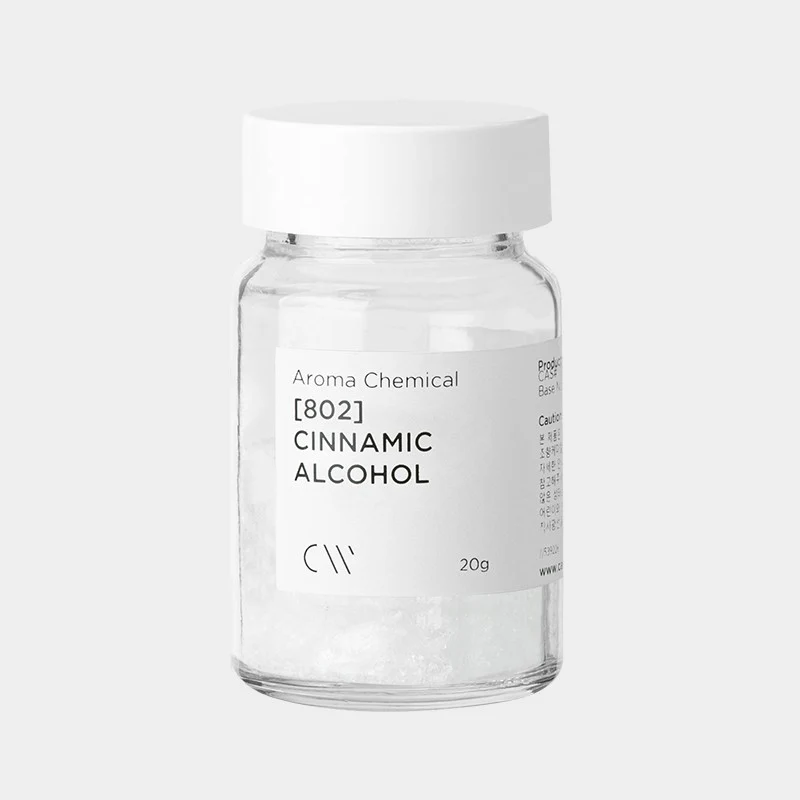
.jpg)
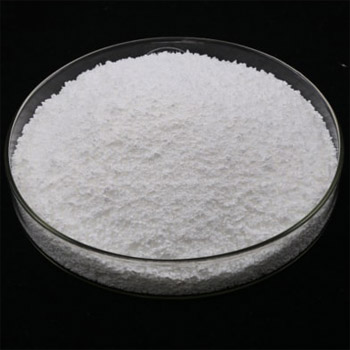
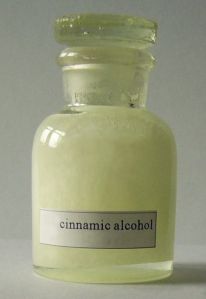
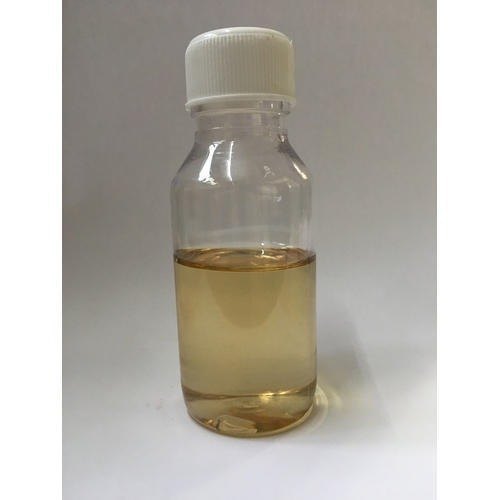
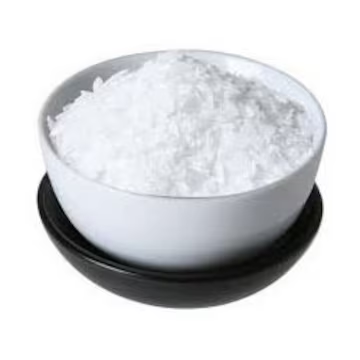
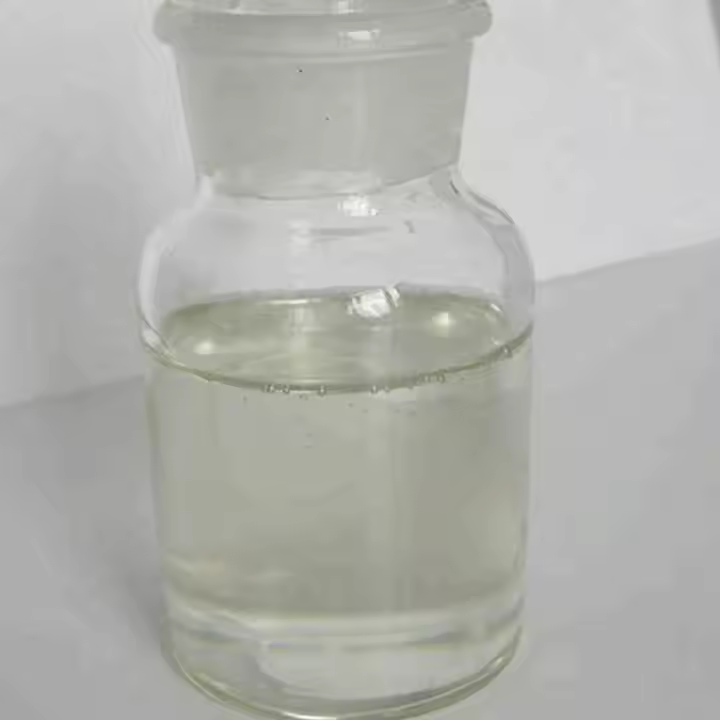



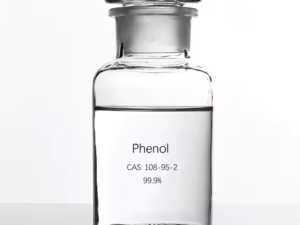

Reviews
There are no reviews yet.